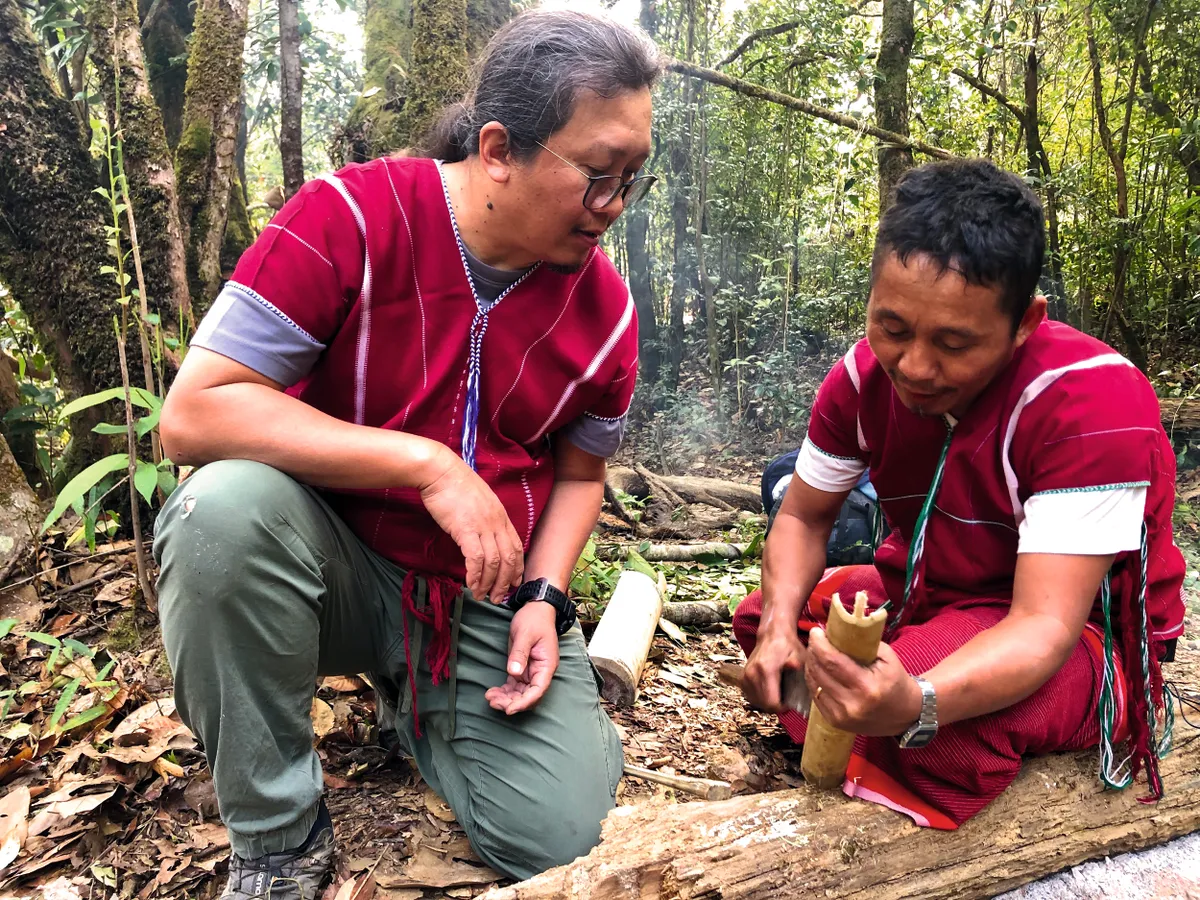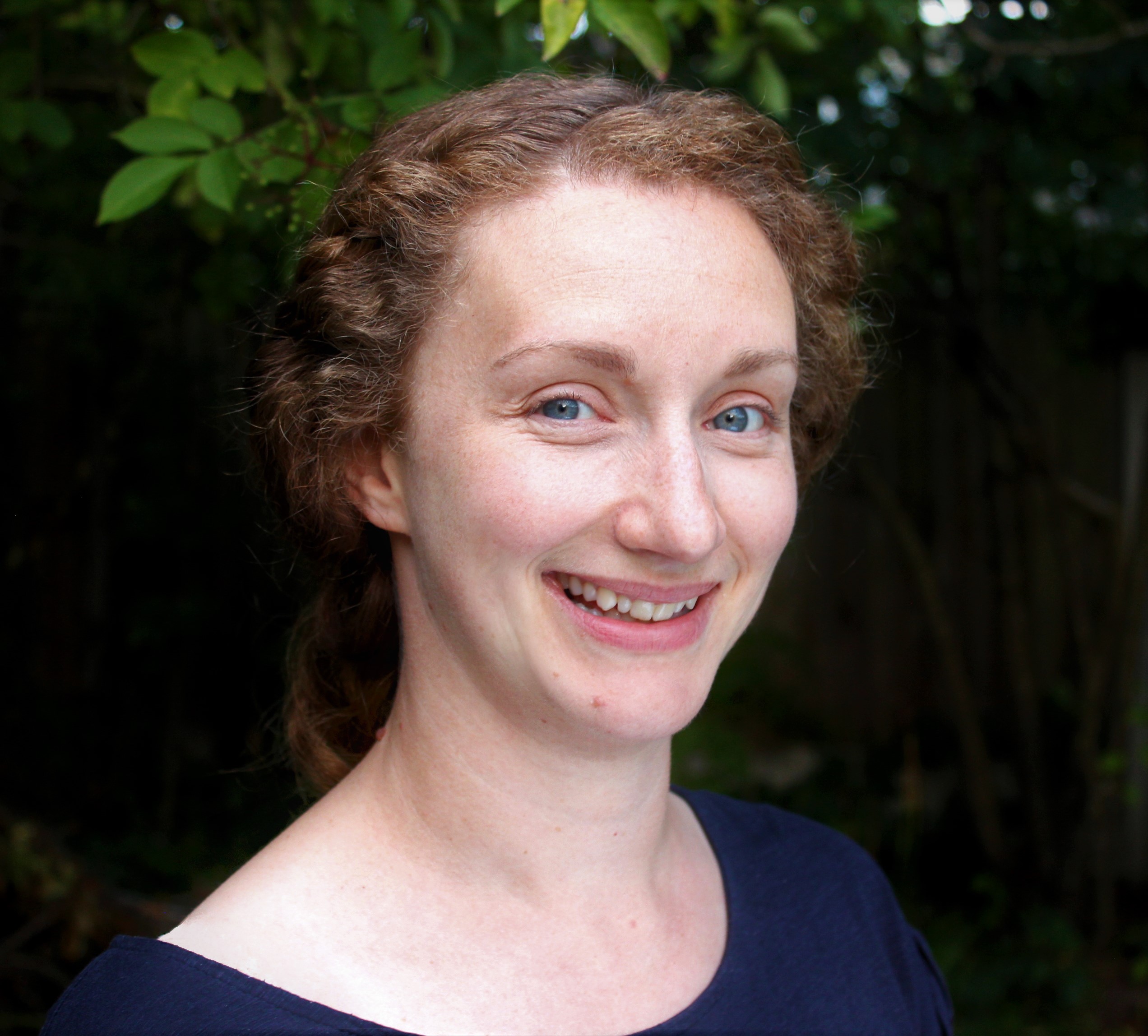In 2015, Myanmar’s 70-year armed political conflict was replaced by a brittle ceasefire agreement and tensions remain between the government and the Karen people. Anyone protecting the environment has their work cut out for them, but to do so under these circumstances takes remarkable resilience.
For Paul Sein Twa, whose work was recognised with a Goldman Environmental Prize in 2020, his strength comes from firm footings in the land. As a child, he remembers travelling on the Salween River, spotting barking deer, peacocks and wild pigs from the boat – sometimes even gibbons swinging past.
“In those undisturbed days, before the loggers came, our culture forbade hunting tigers, gibbons and many other species because of their interrelationships with humans as described in our old stories,” he explains. “The gibbon is the forest’s best entertainer, so killing it would be like killing a rock singer.”

While the Karen people’s traditions have the highest regard for nature, others valued the teak forests for timber, and intensive logging activity brought widespread destruction. As a teenager, Sein Twa witnessed floods and landslides with no forest to hold back the devastation. When he learned the government planned to build a cascade of hydropower dams on the river, he was motivated to protect what he loved.
In 2001, he co-founded the Karen Environmental and Social Action Network (KESAN) and soon began facilitating a community-led approach to preserve the land. The concept of a Peace Park, a zone dedicated to building peace through the conservation of biodiversity and culture, seemed an ideal fit for the Salween River Basin. The area’s long isolation due to conflict at least held back developers, and as a result the region has some of the last remaining intact wilderness in mainland South-East Asia.
To safeguard the area, Sein Twa and his team got to know it inside out. They used GPS to map Karen territories and camera-traps to survey wildlife. “We, and foreign conservationists we’ve been working with, have been amazed to find Critically Endangered species present that even our own communities didn’t know about, or thought wouldn’t have survived the long war, logging and other threats,” he says, enthusing about tigers, Indochinese leopards and Chinese pangolins putting in appearances.

The Peace Park was officially declared by the Karen people in 2018 and Sein Twa continues his work with community groups to re-establish customs that connect them with the land.
Main image: Paul Sein Twa. © Goldman Environmental Foundation

